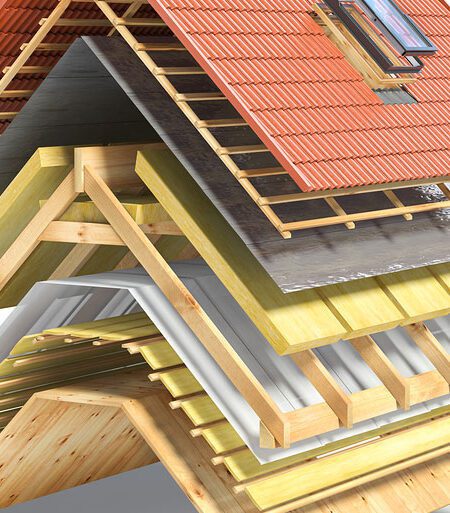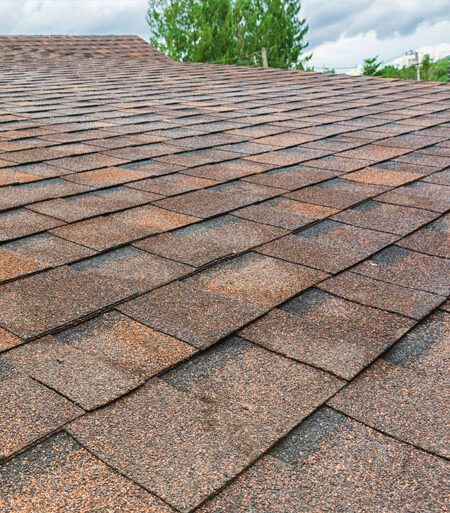Summer is moving season, but if you move into a new home in summer, you may have some surprises waiting for you your first winter in the new home. Maybe the house isn’t as well-insulated as it looks, or maybe the roof is prone to ice dam leaks. Some roofs tend to get a lot more ice dams than others.
Your roof is durable enough to withstand damage from sun, wind, and rain. However, without a proper drainage system, water and snow that builds on the roof cannot properly escape. If you’ve been neglecting your drainage system, or it’s damaged, check out these areas of your home that can be negatively impacted.
Shingles are your roof’s first line of defense, and the roof protects the house, which makes shingles critical to your house’s integrity. Thus, shingles that blow off the roof risk all kinds of damage to your house. Know why shingles may blow off the roof and how you can mitigate the damage.
Attic insulation and ventilation may not sound like important parts of your roof system, but these two features directly affect how your roof functions and performs in a variety of situations. The ventilation and insulation beneath your roof’s surface affect both cold weather performance and hot weather performance, as well as what happens to your roof in high humidity.
Some storms are severe enough that even if your roof looks fine, you’ll want to get an inspection just to make sure. But your roof can sustain hidden damage after any storm. Learning how to look for signs of hidden damage can help you decide when to call a roofing contractor even if the storm was relatively minor.





